Repairing Bathroom Plaster for Tiling
cluelesshomerepairer
10 years ago
Related Stories

BATHROOM TILEQuick Fix: Repair Cracked Bathroom Grout
Banish an eyesore and safeguard your bathroom from water damage in 30 minutes or less with this DIY repair
Full Story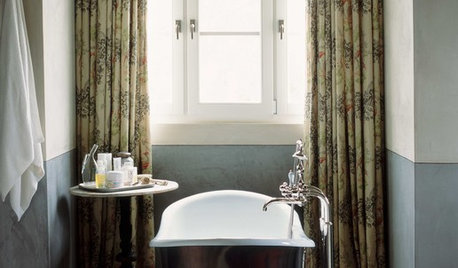
WALL TREATMENTSSurface Smarts: Venetian Plaster
Centuries-old Venetian plaster has made a roaring comeback in modern interiors. Could this old-world wall favorite work in your home?
Full Story
BATHROOM DESIGNConvert Your Tub Space Into a Shower — the Tiling and Grouting Phase
Step 3 in swapping your tub for a sleek new shower: Pick the right tile and test it out, then choose your grout color and type
Full Story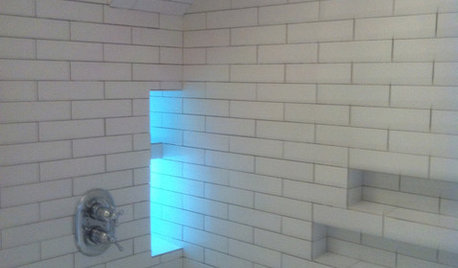
BATHROOM DESIGN10 Top Tips for Getting Bathroom Tile Right
Good planning is essential for bathroom tile that's set properly and works with the rest of your renovation. These tips help you do it right
Full Story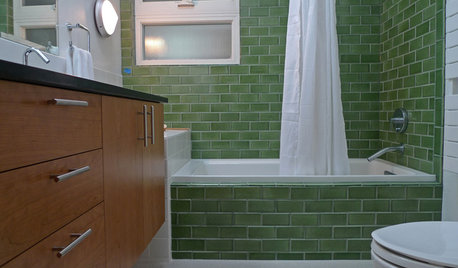
BATHROOM DESIGNBathroom Surfaces: Ceramic Tile Pros and Cons
Learn the facts on this popular material for bathroom walls and floors, including costs and maintenance needs, before you commit
Full Story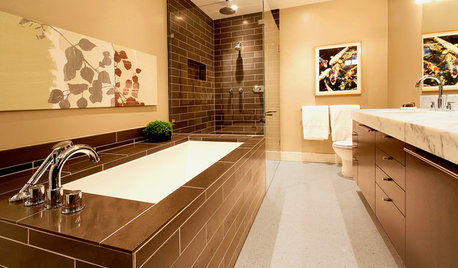
BATHROOM DESIGNDesigner Trick: Take Your Shower Tile to the Ceiling
Tile the whole wall in your shower to give your bath a light and lofty feel
Full Story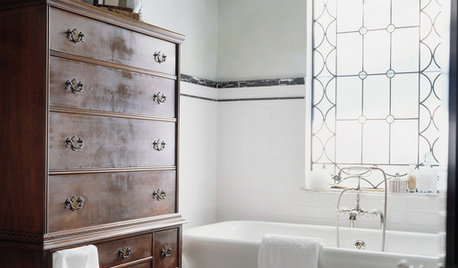
BATHROOM COLOR12 Gorgeous Black and White Bathrooms
Luxurious materials, vintage touches and thoughtful color splashes make these chic spaces worth borrowing ideas from
Full Story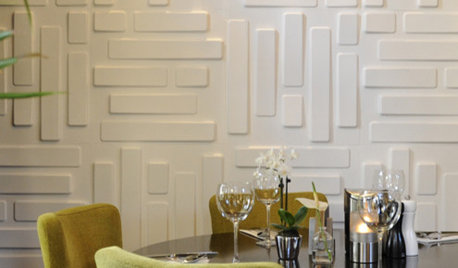
MATERIALSUnexpected Style for Your Wall
Go Beyond Paint and Paper with 3D, Plaster, Copper, Tile, Marble and More
Full Story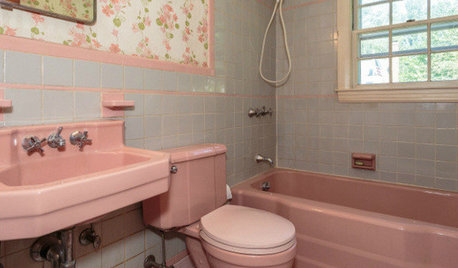
BATHROOM COLOR8 Ways to Spruce Up an Older Bathroom (Without Remodeling)
Mint tiles got you feeling blue? Don’t demolish — distract the eye by updating small details
Full Story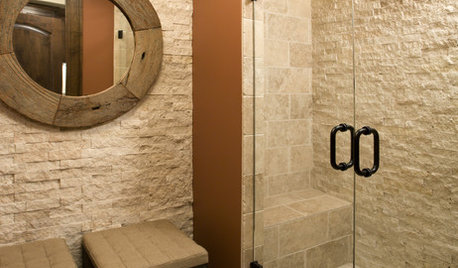
TILEBathroom Tile: Loving the Look of Ledgestone
Stacked-stone tile looks amazing in a bathroom, especially when washed with light. Here's what to think about before you buy
Full StoryMore Discussions







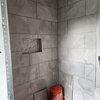

GreenDesigns
cluelesshomerepairerOriginal Author
Related Professionals
Kalamazoo Kitchen & Bathroom Designers · La Verne Kitchen & Bathroom Designers · Salmon Creek Kitchen & Bathroom Designers · Eagle Mountain Kitchen & Bathroom Remodelers · Andover Kitchen & Bathroom Remodelers · Ashburn Glass & Shower Door Dealers · Danville Glass & Shower Door Dealers · Lakewood Glass & Shower Door Dealers · Temple Terrace Glass & Shower Door Dealers · Winnetka Glass & Shower Door Dealers · Pinole Glass & Shower Door Dealers · Burr Ridge Cabinets & Cabinetry · Radnor Cabinets & Cabinetry · Riverhead Window Treatments · Shiloh Window Treatmentsonefineseamstres
User
weedyacres
catbuilder
User
cluelesshomerepairerOriginal Author
weedyacres
cluelesshomerepairerOriginal Author
sapforchandran
kudzu9
OldTimeCarpenter1